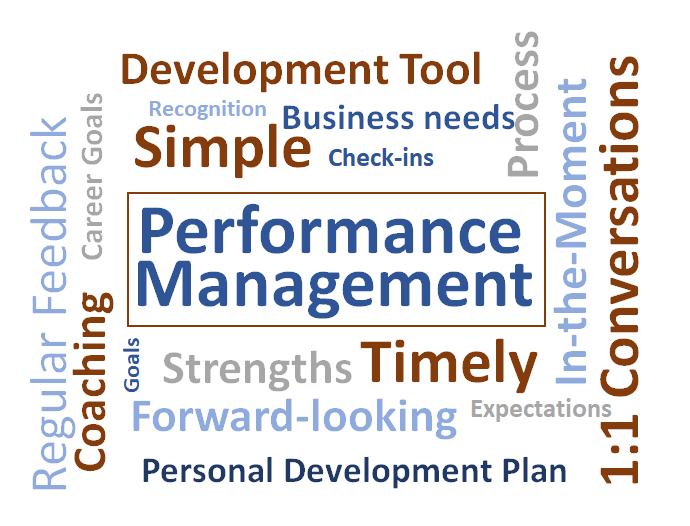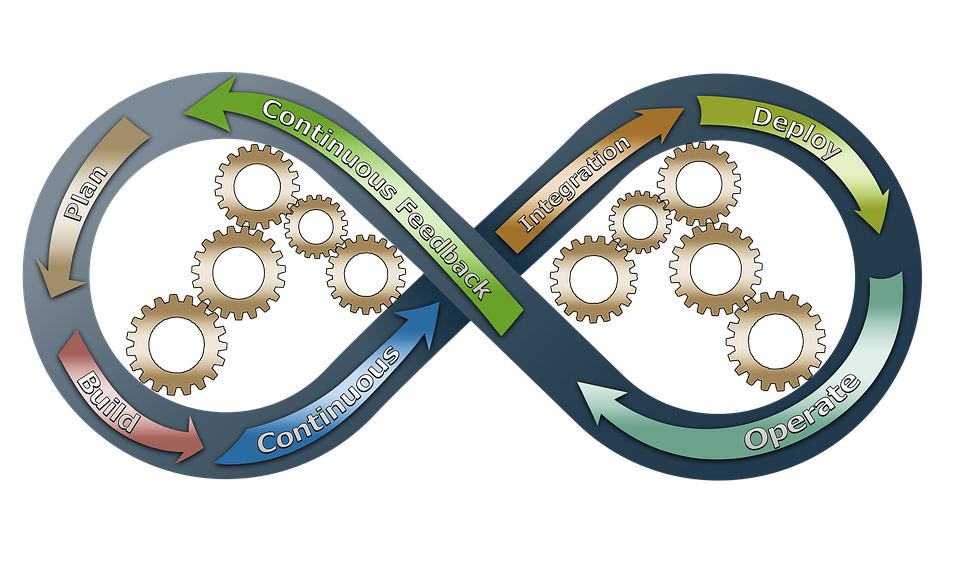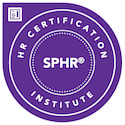As I wrote in my last article, the traditional annual performance review process is not working. Leaders and employees dread it. And there is little indication that the current model results in improved employee motivation or better business outcomes.
It’s time for a change. It’s time to make performance management a process, not just an event. It’s time to make it simple, timely, and meaningful – for both the employee and the organization.
Here are some examples of alternative approaches to the outdated annual review.
Adobe abolished the annual review several years ago in favor of more regular, informal “check-ins.” Managers and employees meet at the beginning of the year to mutually outline expectations for the year. This clarifies for both the manager and employee what the employee is being held accountable for. Managers have regularly scheduled one-on-ones with employees to provide feedback throughout the year. In addition, employees may also receive feedback from peers and other partners across the company.
Another process – Catalytic Coaching – uses 3 simple forms, 4 types of meetings, quarterly check-ins, and the leader as coach as the basis for leader/employee conversations that:
- Identify employee strengths and development areas from both the employee and leader perspectives
- Give the employee the opportunity to provide feedback to the leader
- Facilitate a discussion of the employee’s career goals
- Result in the employee’s personal development plan
- Include follow up and coaching from the leader to support implementation of the development plan
A third approach is based on the traffic signal metaphor: stop, start, continue. These are one-to-one conversations or check-ins held throughout the year (or on-the-spot, as appropriate) to determine what the employee should stop doing, start doing or continue doing to improve performance, advance development, achieve career goals, etc.
These are just a few examples of different approaches to performance management. Whatever approach you ultimately decide to use, the following features are key:
- Giving regular, timely, specific feedback. If there are performance issues, address those issues “in the moment.”
- Recognizing strengths rather than just focusing on weaknesses. Give employees opportunities to build on their strengths and develop in the areas where they are not as strong, relative to the needs of the organization and their own career goals.
- Adopting a coaching mindset. Feedback should be a development tool, not a report card. Make the process forward-looking rather than backward looking. Train all managers to be coaches rather than evaluators.
- Asking for their feedback. Create an environment where employees seek feedback and view it as a growth opportunity. Do this by setting the example. Ask for their feedback – “What can I do better?” “How can I help you?” – and then act on it, as appropriate.
- Having the career conversation. Show interest in your employees and their aspirations by having a career conversation. You may find that they have under-utilized skills or interests that you could leverage elsewhere in the company or call upon for a new project or business opportunity. The career path doesn’t necessarily have to be vertical; especially in smaller companies, providing cross-functional experience can be beneficial to both employees and the organization.
Have you taken a hard look at your performance review process lately? Are you giving your employees feedback only once a year or (worse) not at all?
Employees need to feel challenged and recognized. If you’ve been doing the same old, same old, when it comes to your performance review process, I highly recommend that you consider “disrupting the process” to create a feedback strategy that is simpler, more real time, and more effective.
If you are ready to review and change your performance management process, I’d love to work with you. Please contact me at michelle@connecttohr.com.





 In my last blog I talked about how to have a difficult conversation. For some leaders, giving feedback is considered a difficult conversation, especially if the feedback is negative. But here’s the thing. As a leader, one of your responsibilities is developing your people. And one of the best ways to do this is by giving regular, timely feedback.
In my last blog I talked about how to have a difficult conversation. For some leaders, giving feedback is considered a difficult conversation, especially if the feedback is negative. But here’s the thing. As a leader, one of your responsibilities is developing your people. And one of the best ways to do this is by giving regular, timely feedback. As I’ve often said, performance management is an ongoing process not just an annual event. As such, when there’s a performance issue it’s important to deal with it in a timely manner. The goal should be – if possible – to turn the situation around and get the employee back on track versus terminating them. This requires a plan. Here are some tips for developing an effective Performance Improvement Plan (PIP).
As I’ve often said, performance management is an ongoing process not just an annual event. As such, when there’s a performance issue it’s important to deal with it in a timely manner. The goal should be – if possible – to turn the situation around and get the employee back on track versus terminating them. This requires a plan. Here are some tips for developing an effective Performance Improvement Plan (PIP).
